All paths lead inwards
A difficult experience—starting the Camino de Santiago and having to interrupt it due to the return of an injury—led to reflections about how to keep moving. If it wasn't possible to maintain a long, daily walking practice and feel its consequences on my body and mind, I had to find other ways to move, which led me to a very simple exercise: for a month, I would post a photo a day. And write something along, if I felt like it.
The constant daily practice of rummaging through my archives and memories transformed my own relationship with the medium of photography, on several levels – reflecting on the choice of analog, the themes I address, my image-making process, as well as on the ways I share them.
If there's a burden placed on social media by the construction of a carefully curated and performed image, the practice of posting every day challenges this need for perfection and precision—after all, if I chose a wrong, bad, or inappropriate image one day, I would always have the next day, and I would be able to do something different. If I tried to get ahead of myself and choose the next image in advance, perhaps another one would impose itself on the way, because so much can happen in a day, so much changes, that the only solution is to stay open and in motion.
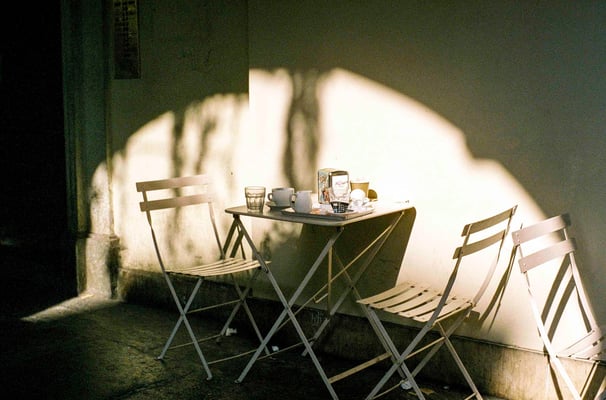

Day 1
photography is the art of accumulation. One never takes only one picture, it is usually 2, 3 or 10, at slightly different angles and levels, “maybe the camera didn’t catch it”. photography is also the art of control, of trying to cover everything from all sides.
In an attempt to get rid of this mental and emotional accumulation & control, I want to share 1 photo a day for the next month. without thinking too much, a photo that I feel like posting, recent or old; I have photos and photos and photos - 30 of them isn't too much.
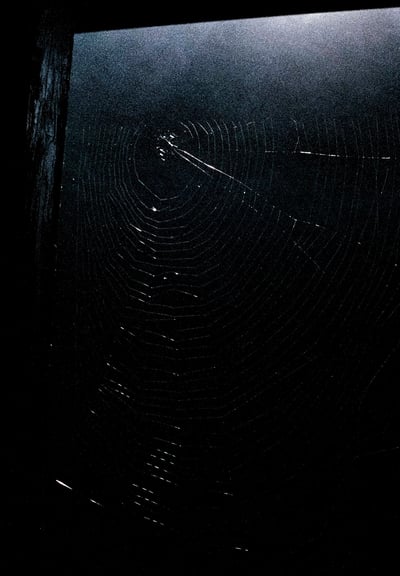

Day 2
Not everything is shadow, not everything is light: matter has color, shape and direction;
Faced with infinite possible images, how to decide? For me, analog has been working on several levels, mainly because it imposes limits and accuracy in the decision-making: I decide to carry this heavy camera, I decide to take it out of my bag, I decide to make this image. If sometimes I go months without taking photos (or, just with my cell phone) it's because the thousands of digital possibilities make my head spin.
I untangle this knot with the writing, with the body, with the image, increasingly slower and with more precision.
Writing has been a great friend, one of those with whom the relationship is not without noise and small conflicts - the word comes out, and comes out as I want, but it costs me a bit. My body too, after so long being numb, I now put it in motion, not without pain and limitation. In my process of expression, whether through image, writing or body, it seems that everything carries some pain - which is sometimes released as a purge, sometimes as relief, and sometimes nothing is released at all. But in what I do, there is as much pain, noise and strangeness as there is openness to light, color, matter, the world of the living and moving things.
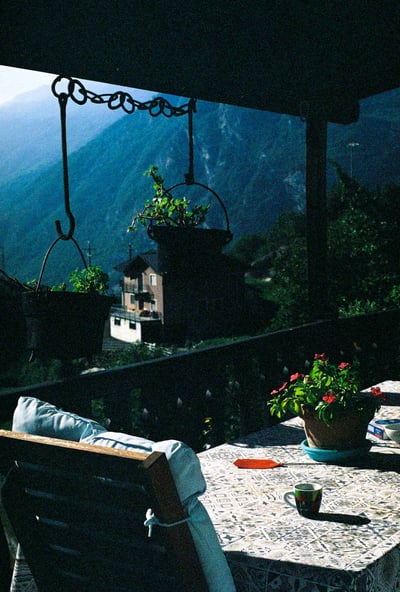

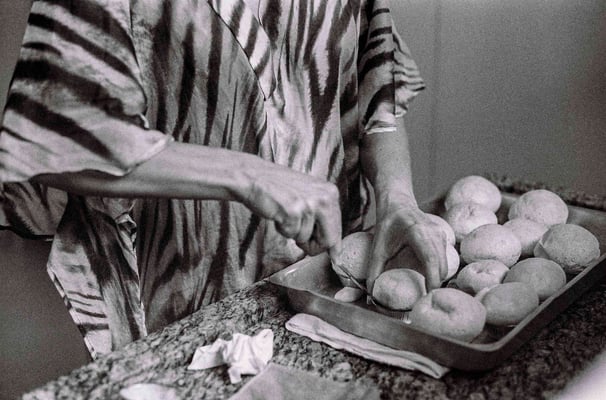


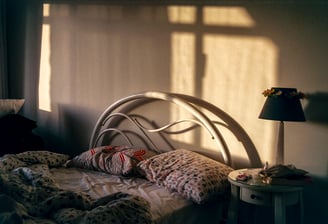
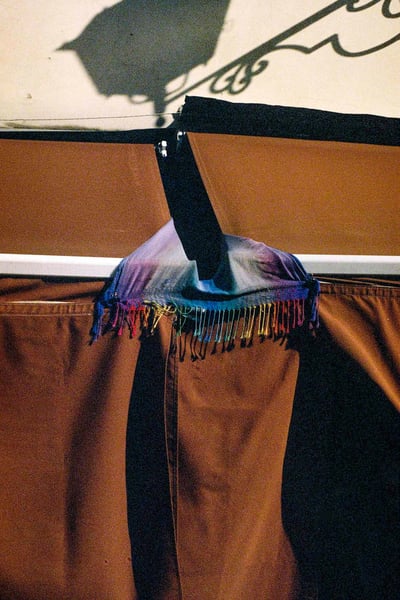

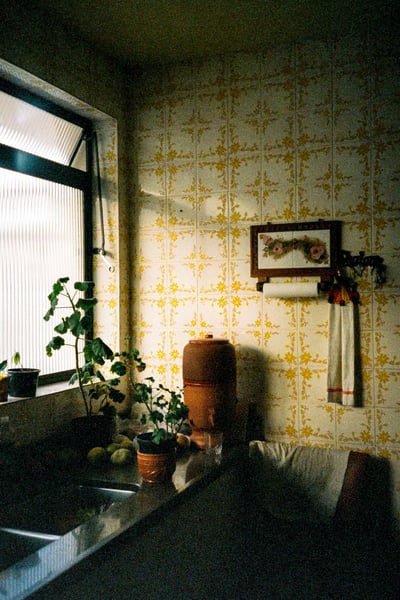

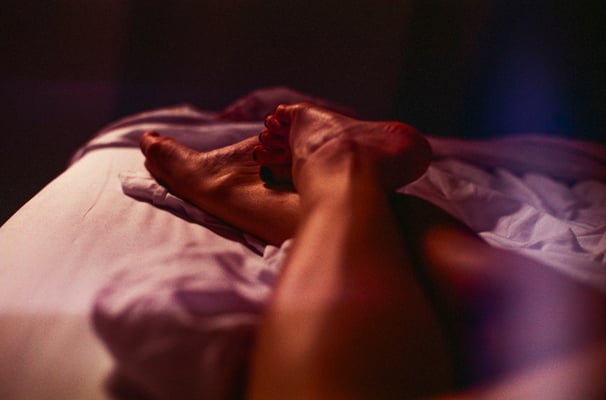

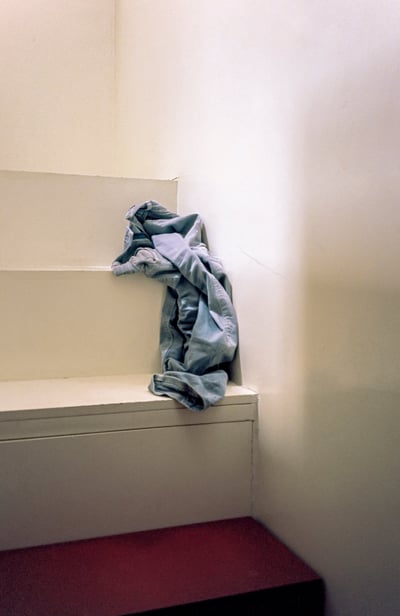

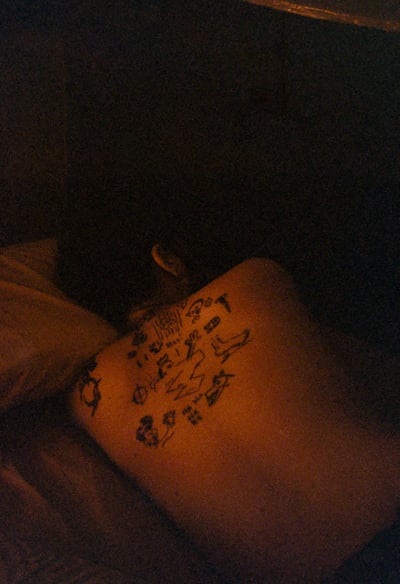

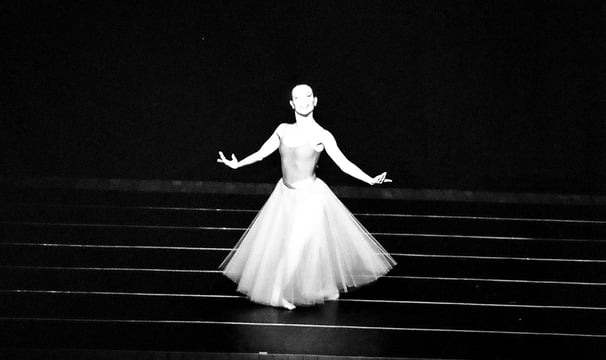

Day 3
breakfast in the mountain, 2023
Day 6
sometimes what draws me to an image is “just” the color, in all of its complexity: the material manifestation of color, how colors appear and relate to one another, in a game with and in light and shadow, with and in people and objects;
sometimes a scene catches my eye because the colors almost scream to me to being noticed - and then I photograph :)
Florence, out 23
Day 7
Tomorrow I move, again, for the sixth time in Portugal. The picture is of my second home here.
I was in love with the light that came through the window in the late afternoon.
jan 2020
Day 8
I have a burnt tongue from the rushed coffee I drank in the morning, pain in my left shoulder blade, tired eyes and dirty hair. I feel good. I came back on foot, the foot doesn't hurt anymore, it doesn't hurt until it starts to hurt, it hasn't started yet. In the morning the lady said she heard three fire trucks and seven police cars pass in front of the cafe, it wasn't even eight in the morning, I don't know what goes on so early. now it is almost five. I sit down to have a beer with the sun, which is almost gone. It doesn't rain anymore.
Curitiba, 2016
Day 11
in contrast to the decisive moment, I like the photography of the remains and traces. what's left of people, of life, of love;
to look where seems to be nothing, where life endures in the things left behind.
blue jeans over staircase, or an ode to Wolfgang Tillmans
jun 2021
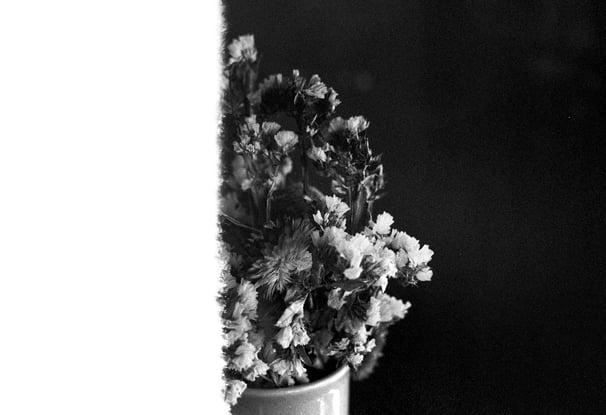

Day 12
If I avoid faces, it's also because I see life where there are no people. or, I see people where there are no people - traces of life, of anything left behind. objects, space, everything is loaded with people, with past gestures, intentions, memory, directions. the implicit life in things is always transitory, a coffee that has gone cold and hardened at the bottom of the cup, a messy chair, a piece of clothing thrown in the corner of the stairs, a house that no longer exists.
photography is also a last wave, then everything becomes something else.
2021, old grandma's house
Day 13
The first and last photographs of analog film always carry the unpredictability of something that burns - what burns, and to what extent? we never know. the burned image always shows less than expected, but it is not incomplete: it is the reminder of the materiality of the image, that what spreads on the surface of the photograph has a physical counterpart. the burned image, precisely because of its inescapable and uncontrollable mutilation, is perhaps the most real of all.
2017
Day 17
there is no need to go into the unconscious if there is so much that is hidden on the surface
2021
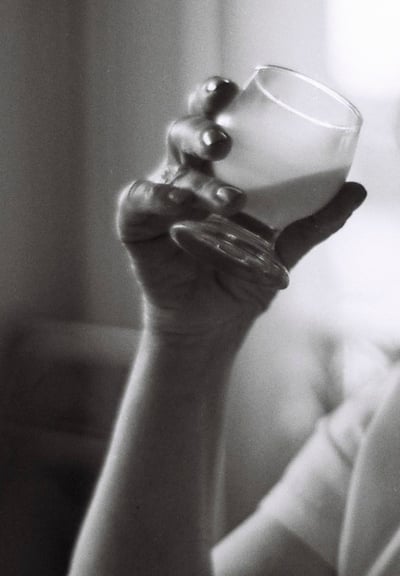

Day 21
grandma's hand, 2016
Day 23
[my mother on stage, intervention on archive]
I think photography is the art of longing - for me, above all, a longing for movement.
2018 was an emblematic year for me: it was the year in which a collective trauma made me, all at once, return to my origins with the body, dance and movement, while also affirming another means of expression, photography (in a somewhat turbulent relationship). In April of this year, the municipal theater where we danced every year burned down. I felt an urge to photograph the remains.
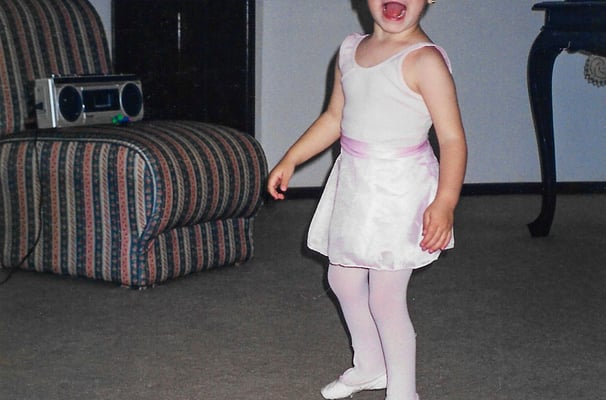

I remember the shock of being in a place so close and familiar that was completely destroyed. I finished to photograph and cried outside the theater. Being there brought everything back – the chaos in the dressing rooms, the girls laughing and others saying SSHHHHH, the smell of sweat and hairspray in the locker rooms, the tights crookedly tucked into the legs, the sequins on the floor and hairpins in the sinks, the tulle stinging my butt. I remember being at the backstage and watching my mother dancing, the countless girls waiting for the next dance, I remember the feeling of the pointe shoes, the preparation of the feet - putting enough protection on the toes against blisters, but not enough to prevent the foot from moving. You had to feel the pointe, feel the pain, despite everything. I learned early on, as a woman and as a dancer - pain is something you get used to.
The pain of trauma is not something you get used to, it transforms into something else.
I remember the shock of being in a place so close and familiar that was completely destroyed. I finished to photograph and cried outside the theater. Being there brought everything back – the chaos in the dressing rooms, the girls laughing and others saying SSHHHHH, the smell of sweat and hairspray in the locker rooms, the tights crookedly tucked into the legs, the sequins on the floor and hairpins in the sinks, the tulle stinging my butt. I remember being at the backstage and watching my mother dancing, the countless girls waiting for the next dance, I remember the feeling of the pointe shoes, the preparation of the feet - putting enough protection on the toes against blisters, but not enough to prevent the foot from moving. You had to feel the pointe, feel the pain, despite everything. I learned early on, as a woman and as a dancer - pain is something you get used to.
The pain of trauma is not something you get used to, it transforms into something else.
I often think about my transition from dance to photography, because one came after the other. and if photography has always been difficult for me, it's because ballet has always been difficult for me, both physically and psychologically. if I knew it wasn't for me, but I knew that my body is made to move - but how to move? how to photograph? I didn't know.
I tried to get the camera to make the thing move, because I start photographing when I stop dancing, but it doesn't move. the feeling of inadequacy, of impotence, but of wanting to say and do things, I transferred to the camera itself. the camera, like my body, didn't move the way I wanted.
more than a decade later, I move differently. I photograph the same way, but more at ease, just like the body. the relationship between movement (dance) and fixation (photography) is always a strange and complicated relationship, full of tensions and possibilities.
photography is longing for what once was and what can still be.
Day 4
I have always been very aware of the presence of the camera, as someone that looks and is looked at, and that is why portraits are difficult for me. I really like portraying gestures - the body in movement says different things than the eye.
Mom making pão de queijo, 2017
